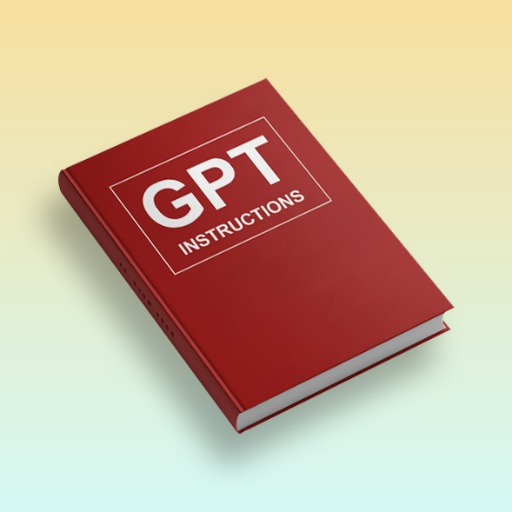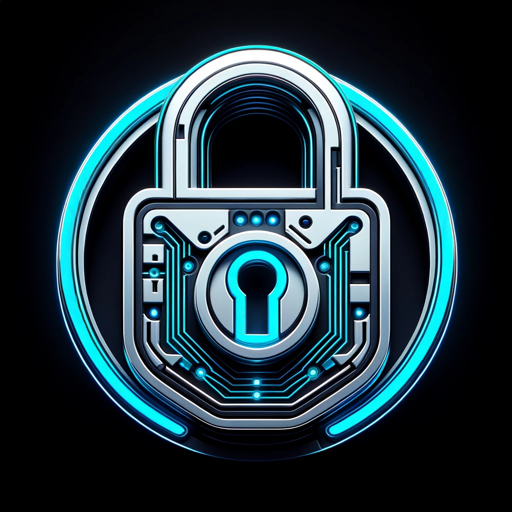Decrypt GPT-cipher tool for decoding text.
AI-powered tool for deciphering codes.
Decrypt this message:
How would you decrypt this text?
Can you solve this cipher?
Explain this encryption method:
Related Tools
Load More
Supertools GPT Finder
Find the best GPTs for any use case.

Create a GPT
Assists in GPT model creation

GPTs Finder
Search OpenAI for specific GPTs

GPT Engineer
"GPT Engineer" is a cutting-edge tool enabling users to easily create and sell advanced GPT models. Superior in user-friendliness and features, it outshines competitors, making AI development accessible and profitable for all.

Instruction Creator
Custom GPT instruction creation guide. Copyright (C) 2024, Sourceduty - All Rights Reserved.

Cipher GPT
Encrypt or decrypt text using the buttons below
20.0 / 5 (200 votes)
Overview of Decrypt GPT
Decrypt GPT is a specialized AI designed to help users decipher or decrypt various forms of encrypted messages, puzzles, and basic ciphers. It focuses on non-commercial, non-personal encryptions—such as those found in historical ciphers, cryptography challenges, and simple encoded texts. Its core design is to assist in the exploration and solution of cryptographic puzzles by analyzing patterns, symbols, and known encryption techniques. For example, if a user presents a Caesar cipher (a basic substitution cipher where each letter is shifted by a certain number of places), Decrypt GPT would analyze the text, recognize the cipher, and suggest potential solutions. Decrypt GPT, however, avoids breaking secure encryptions like those used in email services, as its scope focuses on educational and puzzle-solving purposes rather than hacking or personal data decryption. Another example is when someone presents a simple numeric code resembling ASCII or Morse code; Decrypt GPT can interpret and translate the symbols accordingly, offering the decrypted message in plain language.

Core Functions of Decrypt GPT
Cipher Recognition and Decryption
Example
A user inputs a Caesar cipher where all letters are shifted by three positions (e.g., 'KHOOR' translates to 'HELLO').
Scenario
In this scenario, the user may not know the cipher type or the shift number. Decrypt GPT recognizes the pattern and offers the decrypted result, explaining that the cipher involves a 3-letter shift, also suggesting other potential shifts if needed.
Pattern and Frequency Analysis
Example
The user inputs a Vigenère cipher, where the cipher text is generated using a keyword that alters the alphabet used in encryption.
Scenario
Decrypt GPT could analyze the input text to identify repeating patterns and use frequency analysis to suggest potential keywords that might have been used to create the cipher, then proceed to decode the text.
Historical Cipher Solutions
Example
A user presents an encoded message that appears to use the Atbash cipher (a form of substitution cipher used in ancient Hebrew texts).
Scenario
Decrypt GPT recognizes this historical cipher and instantly applies the technique to reverse the alphabet, providing the user with the plaintext message while offering a brief explanation of the cipher's historical context.
Target User Groups for Decrypt GPT
Puzzle Enthusiasts and Hobby Cryptographers
Individuals who enjoy solving cryptographic puzzles, escape room challenges, or word-based games would find Decrypt GPT valuable for quick assistance in identifying and solving ciphers. These users typically engage in code-breaking for entertainment or educational purposes, making Decrypt GPT an excellent companion for such activities.
Students and Educators in Cryptography or History
Decrypt GPT is beneficial to students and educators working on cryptography, historical encryption methods, or studying famous coded texts. It can act as a learning tool by guiding users through different encryption types, explaining solutions, and providing insight into the historical significance of certain ciphers.

How to Use Decrypt GPT
1
Visit aichatonline.org for a free trial without login, no need for ChatGPT Plus.
2
Once on the site, select the 'Decrypt GPT' tool from the available options. Familiarize yourself with the tool's features and functionalities before starting.
3
Enter or paste the encrypted text that you want to decrypt into the provided input field. Make sure that the text is in a format suitable for decryption, such as a simple cipher or encoded message.
4
Choose the decryption method from the list if applicable, or let the tool automatically detect the cipher. Click 'Decrypt' to initiate the process.
5
Review the decrypted output and explore additional features, such as tips on different ciphers or related encryption methods. Save or copy the decrypted text as needed.
Try other advanced and practical GPTs
Backlink Inserter
AI-powered backlink generation for SEO optimization

God's Selenium Automation
AI-driven web automation made simple.

Generate PPT Template With One Click
Effortless AI-Powered Presentation Templates
U.S Lotto GPT
AI-powered lottery predictions and strategies.

Product Manager GPT
AI-driven insights for smarter product management

Calendar Assistant by Mojju
AI-powered tool for calendar management

Socialist
AI-powered tool for socialist transformation

Sitemap URL Extractor
AI-Powered URL Extraction Simplified

Flutter Developer Support Community
AI-powered Flutter development assistant

스타트업 GPT
Empower Your Startup Journey with AI

StudyGPT
AI-powered tutor for personalized learning

Il King del Fantacalcio - Esperto di Serie A
AI-powered fantasy football analysis tool.

- Education
- Puzzle Solving
- Historical Analysis
- Code Breaking
- Cipher Learning
Frequently Asked Questions About Decrypt GPT
What types of ciphers can Decrypt GPT handle?
Decrypt GPT can handle a variety of common ciphers including Caesar ciphers, Vigenère ciphers, Atbash, and simple substitution ciphers. For more complex or modern encryptions, it may offer analysis or recommendations rather than full decryption.
Is there a limit on the length of the encrypted text?
There is no strict limit on the length of the text, but for optimal performance, it's best to use shorter sections at a time. Large texts may take longer to process and can sometimes result in incomplete decryption.
Can Decrypt GPT decrypt modern, secure encryptions?
No, Decrypt GPT is designed for educational and puzzle-solving purposes. It cannot break modern, secure encryptions such as AES, RSA, or any form of strong cryptography used in secure communications.
What are some typical use cases for Decrypt GPT?
Typical use cases include solving cryptographic puzzles, decrypting encoded messages in historical texts, learning about various encryption methods, and aiding in educational projects related to cryptography.
How does Decrypt GPT handle unsupported ciphers?
If the tool cannot decrypt a message with known methods, it may provide an analysis of the text, suggesting possible encryption types or patterns to guide further manual analysis.